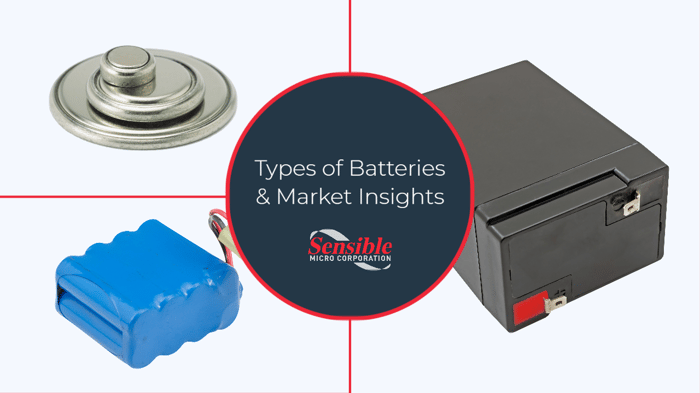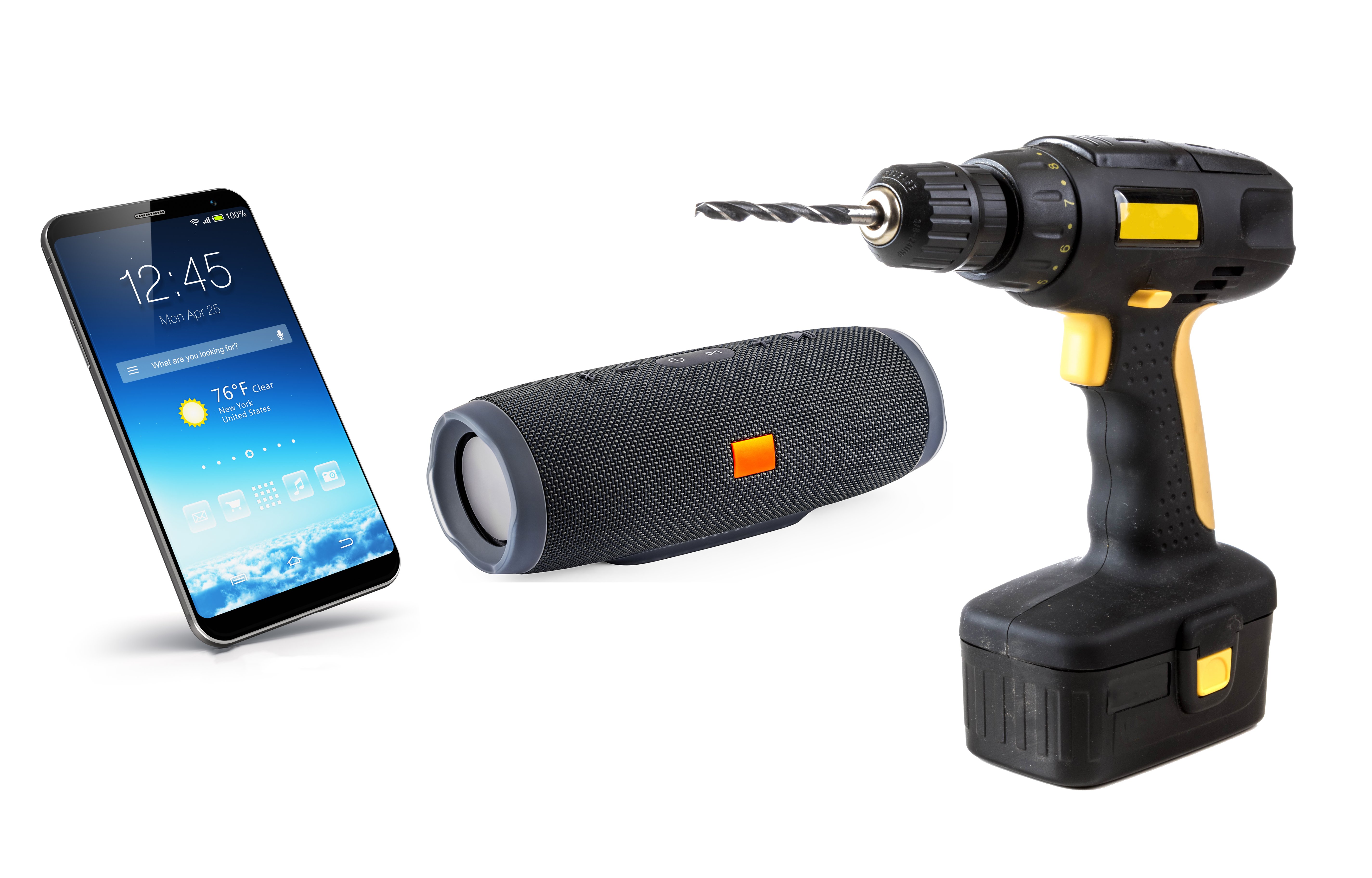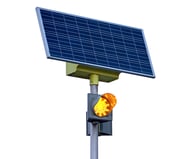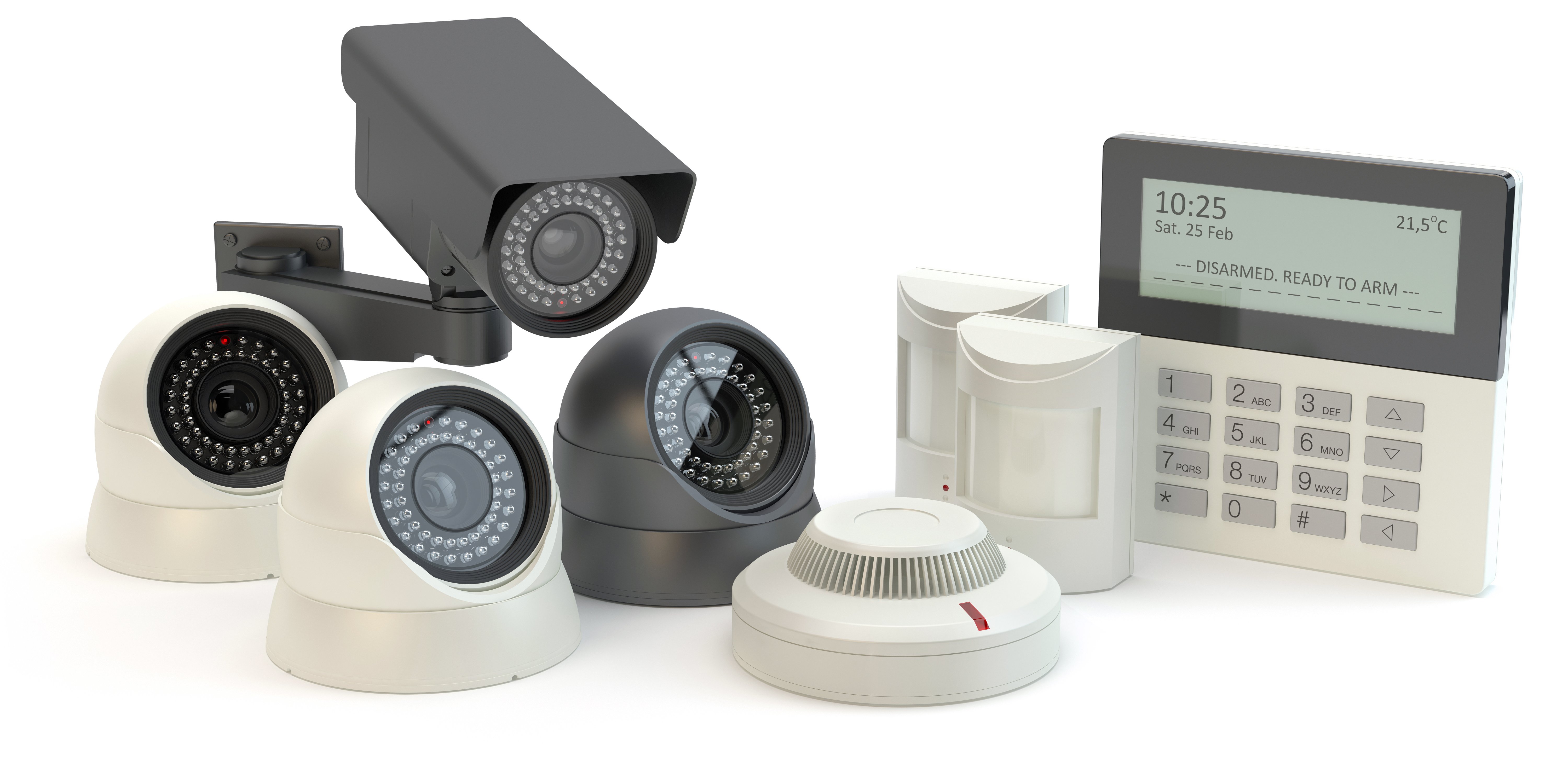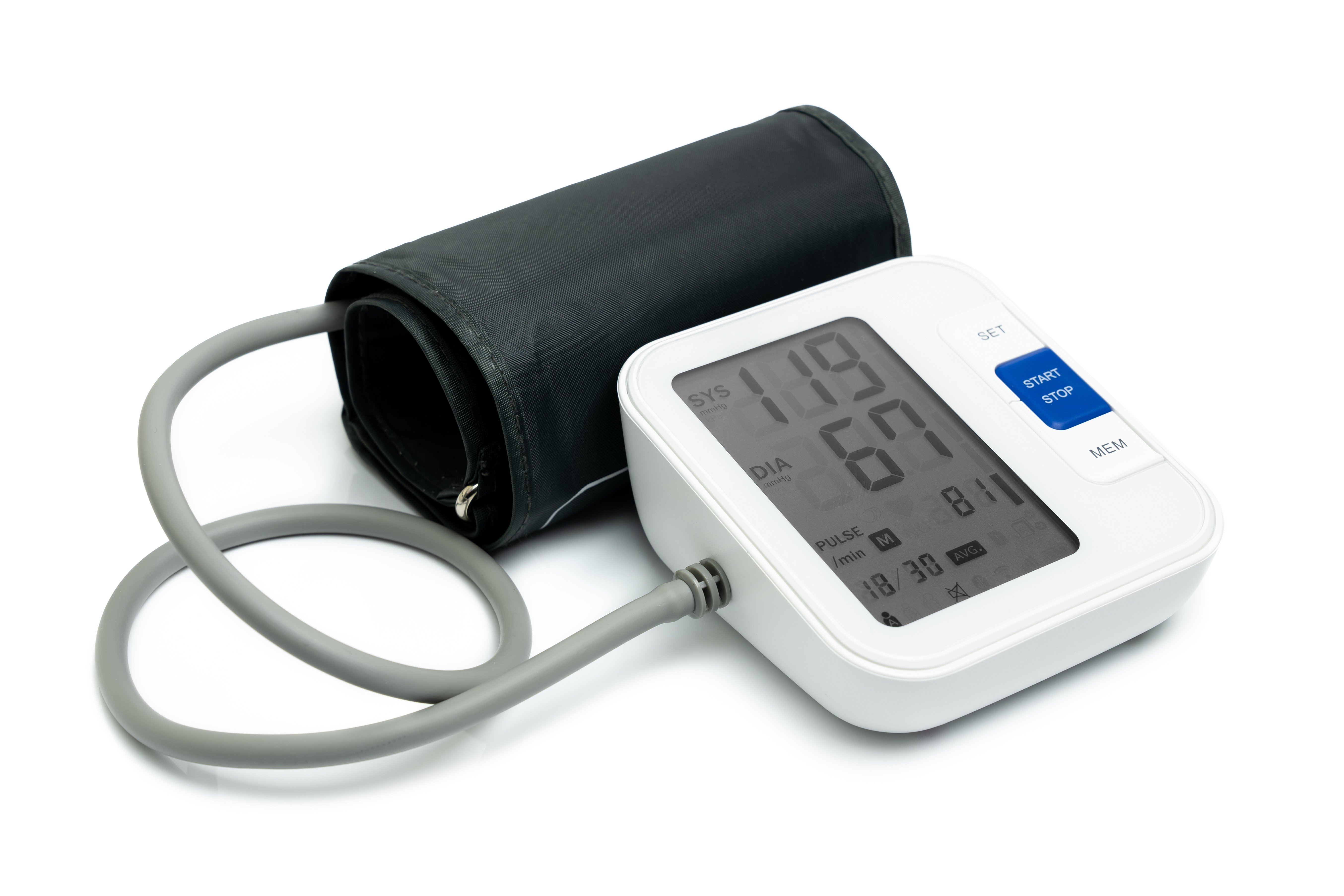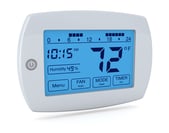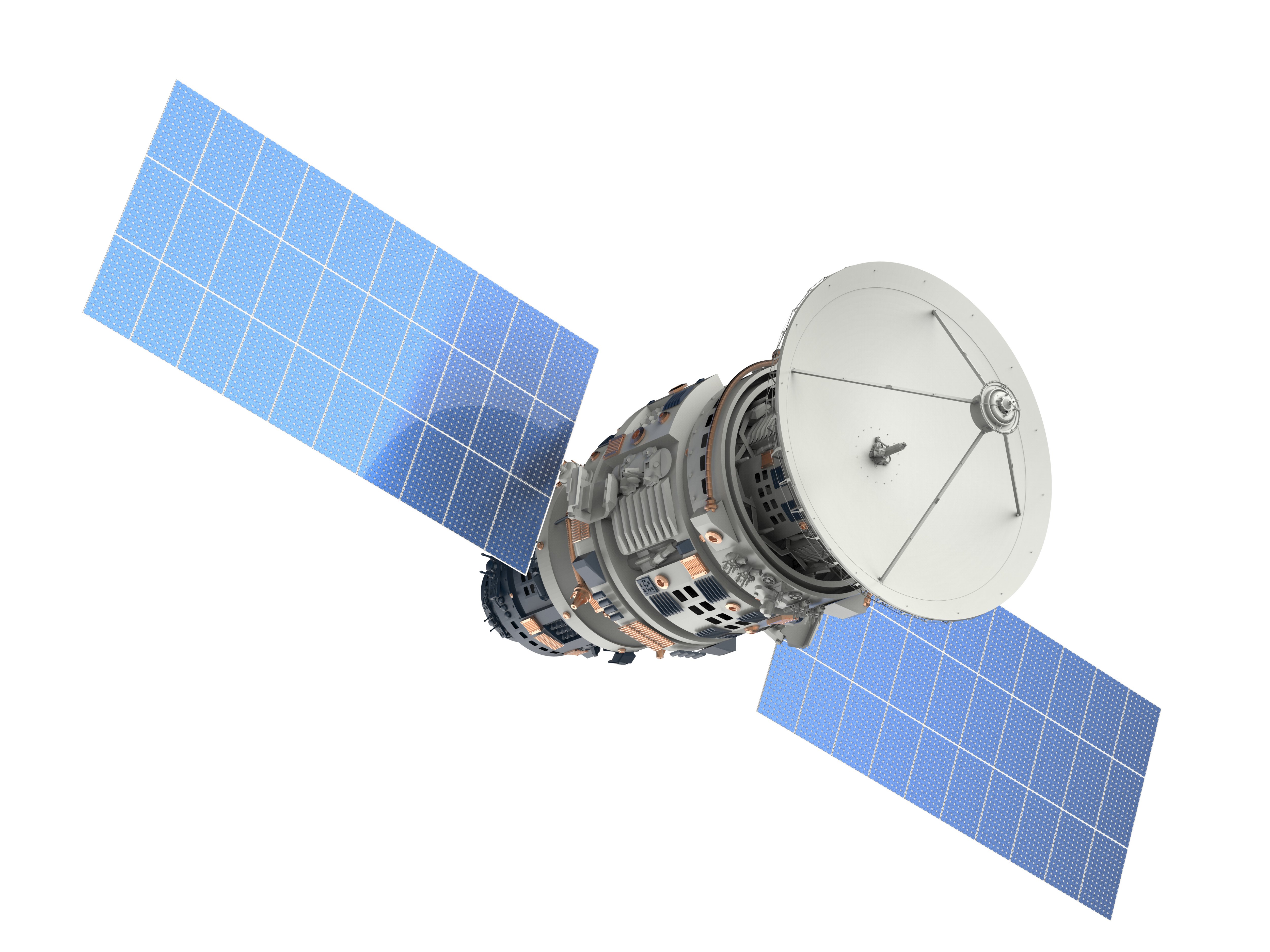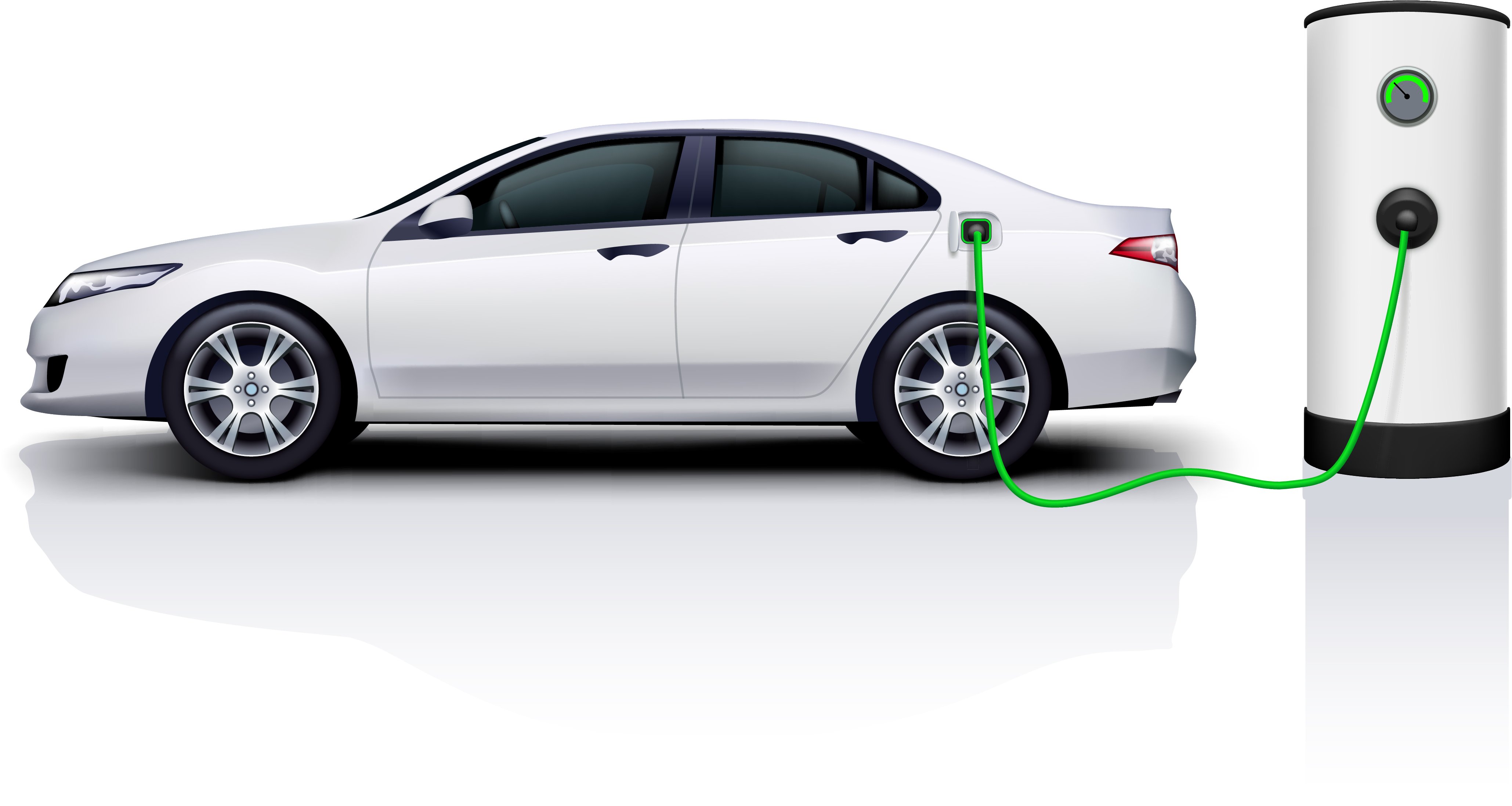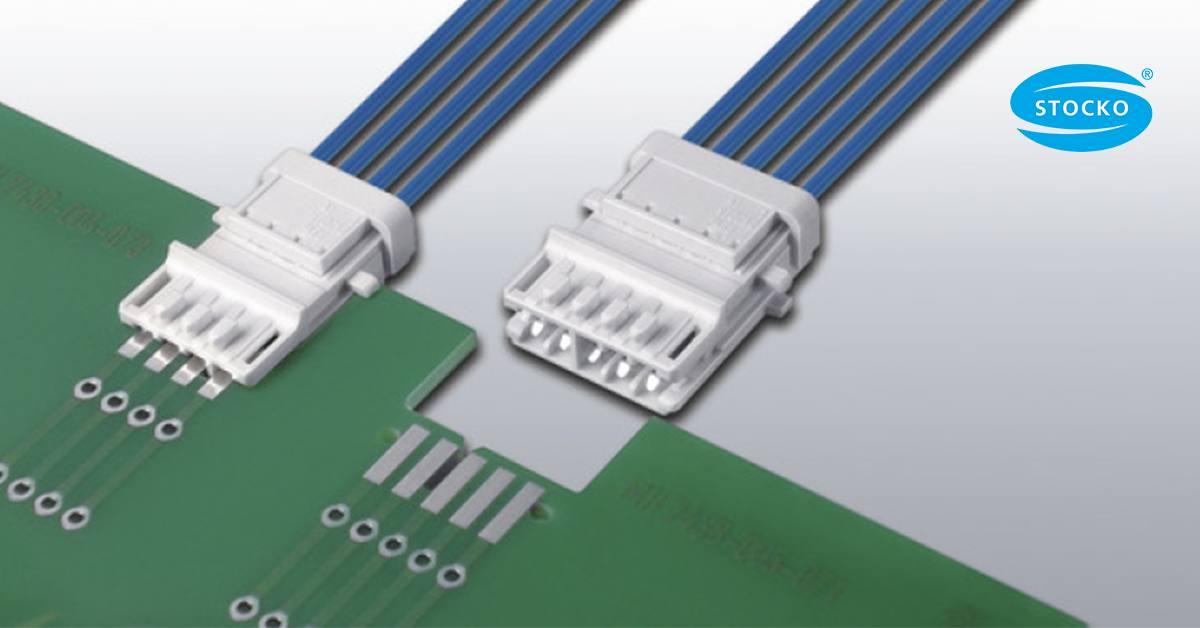Batteries are one of those things that almost everyone owns and uses but never realizes how important they are. Without batteries, modern life would be completely different. Batteries are some of the most common and widely-used electronic components in the entire electronics industry, as they supply reliable and steady energy to the vast majority of electronic devices.
In this post, we highlight current market insights and cover some basics of battery products.
Market Insights:
According to a recent market analysis report, the battery market was expected to grow from now till 2025, with the compound annual growth rate (CAGR) projected to be at 12.31% or more. Declining lithium-ion battery prices, a growing renewables sector, increasing popularity for electric vehicles and a major increase in demand for consumer electronics were expected to cause this growth. However, the current COVID-19 pandemic has affected the entire electronics industry, including the batteries segment. The global lithium-ion battery market specifically has felt the impact the most.
With the recent disruptions to global markets and supply chains, key players in the battery market have started to explore production options that are outside of China. According to Francis Wang, CEO of the battery tech company NanoGraf, China has dominated the lithium-ion battery supply chain over the past five years. As a result of the fallout caused by COVID-19, Wang expects Original Equipment Manufacturers (OEMs) to start moving production back to Japan and Korea. That being said, Wang also believes that battery production for electric vehicles will remain concentrated in China. This is because China supports the increased use and manufacturing of electric vehicles via government funding, which makes their domestic demand very high. The battery industry as a whole is likely to see a shift towards more balanced lithium-ion supply chain diversification, with more emphasis put on risk mitigation as opposed to cost. The silver-lining to this virus in terms of batteries and the electronics industry is these new growth opportunities may stimulate production capabilities outside of Asia.
About & Battery Categories:
Batteries are self-contained, chemical power packs that produce a set amount of electrical energy. Unlike traditional electricity, batteries are designed to slowly and steadily convert the chemicals packed inside them into electrical energy. Batteries are one of the most popular forms of portable power because they provide almost instant energy.
Batteries come in a wide variety of sizes, shapes, and voltages. That being said, all batteries fall into two main categories: primary and secondary.
Primary batteries are disposable, non-rechargeable and commonly found in most households. Though primary batteries are not environmentally friendly, they do have some major advantages. They usually last longer and store more energy than rechargeable batteries of the same size do.
The three main kinds of primary batteries are…
1. Zinc carbon batteries
2. Alkaline batteries
3. Lithium batteries
These three primary batteries are often called ‘dry cells’ because there is no liquid inside of them.
Secondary batteries are usually referred to as rechargeable batteries. Rechargeable batteries have become more popular and common since portable devices, such as mobile phones, have entered the market and taken it by storm. Back in the day, the most common type of rechargeable battery were lead-acid “accumulators” and they were used mainly in cars. Today, the most common types of rechargeable batteries are Nickel-metal-hydride (NiMH), Nickel-cadmium, and Lithium-ion.
Different Types of Batteries:
Below is a list of the main different types of batteries:
-
Zinc-carbon - These are every-day batteries for household items, like flashlights. They are disposable, cost effective, but do not last that long. In zinc-carbon batteries, the positive electrode is made from a carbon rod and the negative electrode is made with zinc alloy, hence the name.
- Alkaline - These primary batteries look like zinc carbon ones but store more energy, last longer and cost more. They can stay charged for a couple of years, which makes them a very dependable power source.
- Lead-acid - Lead-acid batteries are secondary and have been around since the 19th century. Lead-acid batteries are used in the automotive industry and typically never have to be recharged because the car charges them automatically. These batteries are large and can be very costly.
- Nickel-cadmium (NiCd) - Nickel-cadmium batteries are often used as replacements for disposable 1.5-volt batteries used in items like toys and flashlights. These rechargeable batteries are affordable and can be used for a very long time.
- Nickel-metal-hydride (NiMH) - These batteries came about in the 1990s, introduced to the market as a more eco-friendly alternative to nickel-cadmium batteries. NiMH batteries are commonly used in personal devices, such as cellphones.
-
Lithium-ion - Lithium-ion batteries are the fastest-growing type of rechargeable battery. These batteries store double the energy of NiCd rechargeables but do not last as long.
Uses & Applications:
Batteries are used in virtually every segment of the electronics industry. The table below highlights areas that heavily use batteries and a few application examples for each:
|
Consumer Electronics
|
Sporting Goods Power Tools Cordless Vacuum Wearables |
Toys Tablets / ebooks Bluetooth Devices Smartphones |
|
Lighting |
Solar Traffic Light Film & Video Lighting Solar Walk Lights |
Emergency Exit Signs Highway Safety Underwater Lighting |
|
Security & Monitoring
|
Weather Instrumentation Burglar & Fire Alarms RF Data Capture Units Metal Detectors |
Electric Fences & Gates Traffic Counters Nuclear Sensing Equipment Transmitters |
|
Medical Equipment & Imaging Systems |
Wheelchairs Patient Monitoring Devices Patient Support Medical Devices |
Portable Ultrasound Devices Portable X-Ray Devices Infra-Red Monitors |
|
Utilities & Backup Power |
Water & Gas Meters Thermostats Electric Meters |
Uninterruptible Power Suppliers (UPS) Solar Powered Systems |
|
Communications & Computing Systems |
Radio Signaling Cordless & Cellular Phones Telephone Systems & Telecommunications |
Satellite & Global Positioning Equipment Server Backup Systems Embedded Computing Devices |
|
Automotive & Transportation |
Electric Vehicles Unmanned Aerial Vehicles |
Braking & Trailer Systems Unmanned Underwater Vehicles |
ZEUS Battery Products and Sourcing:
Sensible Micro is proud to be an authorized wholesale distributor of ZEUS Battery Products, a leading manufacturer of safe and reliable battery packs. ZEUS’s products are of the utmost in quality and competitive in price. They support both rechargeable and non-rechargeable chemistries, such as:
- lithium ion
- lithium polymer
- lithium iron phosphate
- nickel metal hydride
- nickel cadmium
- sealed lead-acid
- lithium primary and alkaline.
As an authorized distributor, Sensible Micro can also facilitate custom battery solutions through the ZEUS design team. The ZEUS team carefully considers and evaluates each customer’s requirements and selects the proper electronic safety, monitoring, and charge control circuitry to optimize your custom battery solution. Schedule a call with one of our sourcing experts today to discuss your battery needs!
Stay on top of the latest developments in the industry and in our community by subscribing to the Sensible Micro blog.















